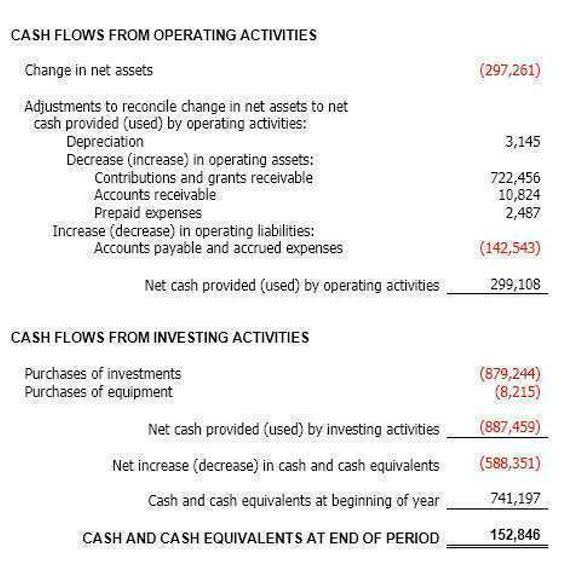
Similarly, if the production process is complex, then the POHR will be higher than if the process is simple. For companies with a simple cost structure and a single cost driver, POR may be the best option. Actual overhead rate may be the best option for companies that want to have the most accurate picture of the true cost of production, but it is more time-consuming to calculate. Ultimately, the best option is the one that provides the most accurate picture of the true cost of production while also being efficient and cost-effective. Underapplied overhead can have significant effects on a company’s financial statements. The understatement of the total cost of production can lead to an overstatement of gross profit, which can affect the company’s profitability.
How to Calculate Productivity.
Therefore, they use labor hours for the apportionment of their manufacturing cost. In order to find the overhead rate we will use the same basis that we have chosen by multiplying this basis by the calculated rate. For example, if we choose the labor hours to be the basis then we will multiply the rate by the direct labor hours in each task during the manufacturing process.
What are some concerns surrounding the use of a predetermined overhead rate?

Underapplied overhead occurs when the actual overhead cost incurred is greater than the overhead cost applied to production. This results in an unfavorable variance, which can affect the profitability of a company. There are several reasons why underapplied overhead occurs, and understanding these causes is crucial for businesses to take corrective action. First, the use of machines is more consistent than human labor, which can vary in terms of speed and efficiency. Second, machines are less likely to require breaks or time off, which can affect the production schedule. Finally, using machine hours can provide a better measure of the actual usage of overhead costs, as the machines are the ones that consume the most energy, utilities, and maintenance costs.

Why are predetermined overhead rates important?

Conversely, if the POHR is too low, then products or services will be underpriced, and the organization will lose money. Accurate POHR allows organizations to set prices that are competitive while also ensuring that they pohr formula make a profit. The overhead rate is a cost added on to the direct costs of production in order to more accurately assess the profitability of each product. In more complicated cases, a combination of several cost drivers may be used to approximate overhead costs.
Predetermined overhead rate (POR) is a crucial aspect of cost accounting that helps in the allocation of indirect costs to products or services. The POR is calculated by dividing estimated overhead costs by an estimated level of activity or production, such as direct labor hours or machine hours. The use of POR is essential in determining the total cost of production, which is necessary for pricing decisions, budgeting, and financial Bookstime reporting.
Which of these is most important for your financial advisor to have?
The total manufacturing overhead cost will be variable overhead, and fixed overhead, which is the sum of 145,000 + 420,000 equals 565,000 total manufacturing overhead. Let’s assume a company has overhead expenses that total $20 million for the period. The company has direct labor expenses totaling $5 million for the same period. Overhead expenses are generally fixed costs, meaning they’re incurred whether or not a factory produces a single item or a retail store sells a single product. Fixed costs would include building or office space rent, utilities, insurance, supplies, and maintenance and repair. Unless a cost can be directly attributable to a specific revenue-generating product or service, it will be classified as overhead, or as an indirect expense.
- On the other hand, activity-based rates are more accurate but are more complex to calculate.
- Before the beginning of any accounting year, it is determined to estimate the level of activity and the amount of overhead required to allocate the same.
- Under-allocating costs can result in lower prices for products or services, which can lead to a loss of profits.
- If the company produced and sold 10,000 units during the year, the underapplied overhead of $20,000 would be added to the cost of goods sold, resulting in an increase of $2 per unit.
- POHR is a cost allocation method that involves estimating overhead costs before production begins and then dividing them by the estimated amount of activity to determine the rate.
- The common allocation bases are direct labor hours, direct labor cost, machine hours, and direct materials.
- Unless a cost can be directly attributable to a specific revenue-generating product or service, it will be classified as overhead, or as an indirect expense.
What are some common methods of factory overhead absorption?

Calculating the predetermined overhead rate is an essential step in the process of determining the total manufacturing costs of a product or service. The predetermined overhead rate is the estimated amount of overhead costs that will be incurred for each dollar of direct labor or machine hours used in production. This rate is used to allocate CARES Act overhead costs to individual products or services based on their respective usage of direct labor or machine hours. Albert Shoes Company calculates its predetermined overhead rate on the basis of annual direct labor hours. At the beginning of year 2021, the company estimated that its total manufacturing overhead cost would be $268,000 and the total direct labor cost would be 40,000 hours.
- All such information is provided solely for convenience purposes only and all users thereof should be guided accordingly.
- This can help to keep costs in check and to know when to cut back on spending in order to stay on budget.
- If you’re trying to make an estimate of manufacturing costs, you’re probably wondering how to determine predetermined overhead rate.
- During that same month, the company logs 30,000 machine hours to produce their goods.
- If a company prices its products so low that revenues do not cover its overhead costs, the business will be unprofitable.
eBay selling tools you need to increase your 2025 profits
The overhead rate is a cost allocated to the production of a product or service. Overhead costs are expenses that are not directly tied to production such as the cost of the corporate office. To allocate overhead costs, an overhead rate is applied to the direct costs tied to production by spreading or allocating the overhead costs based on specific measures. A predetermined overhead rate is an estimated amount of overhead costs that will be incurred during a set period of time.
